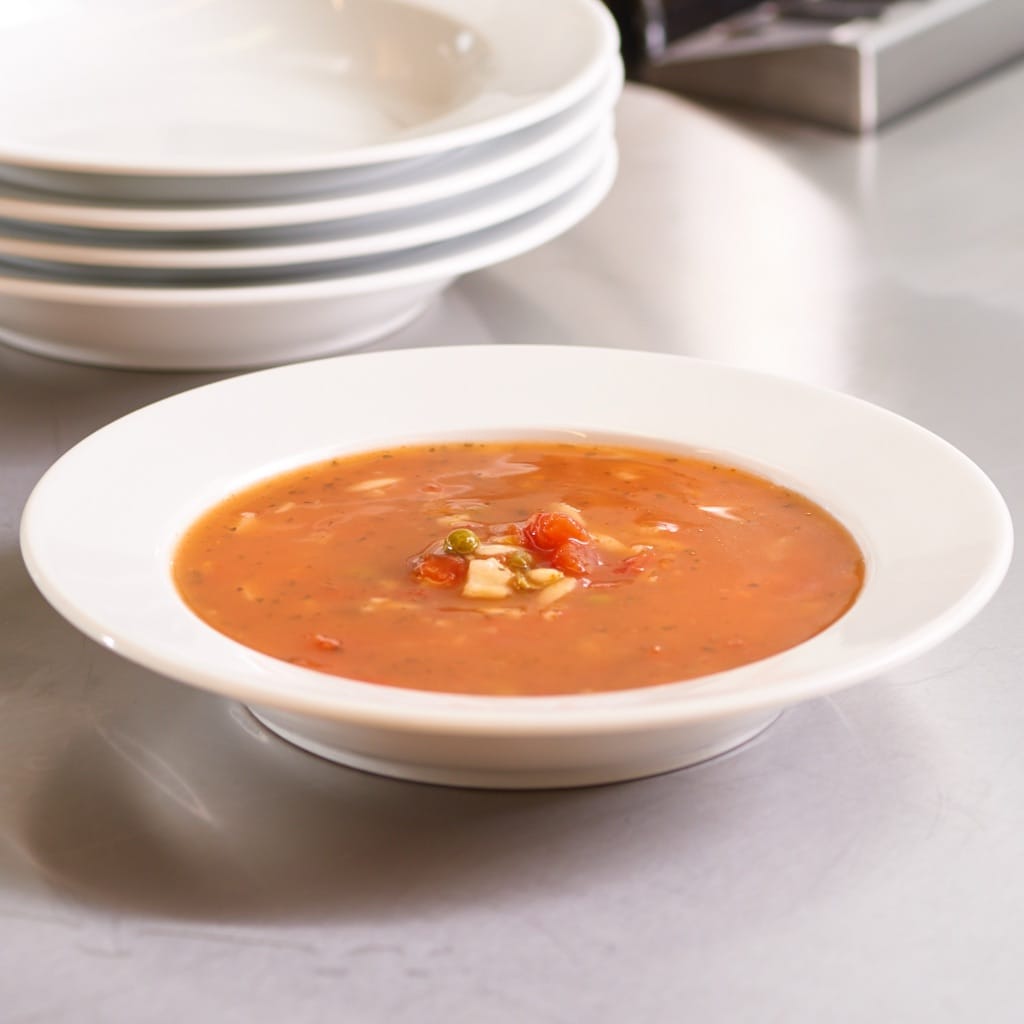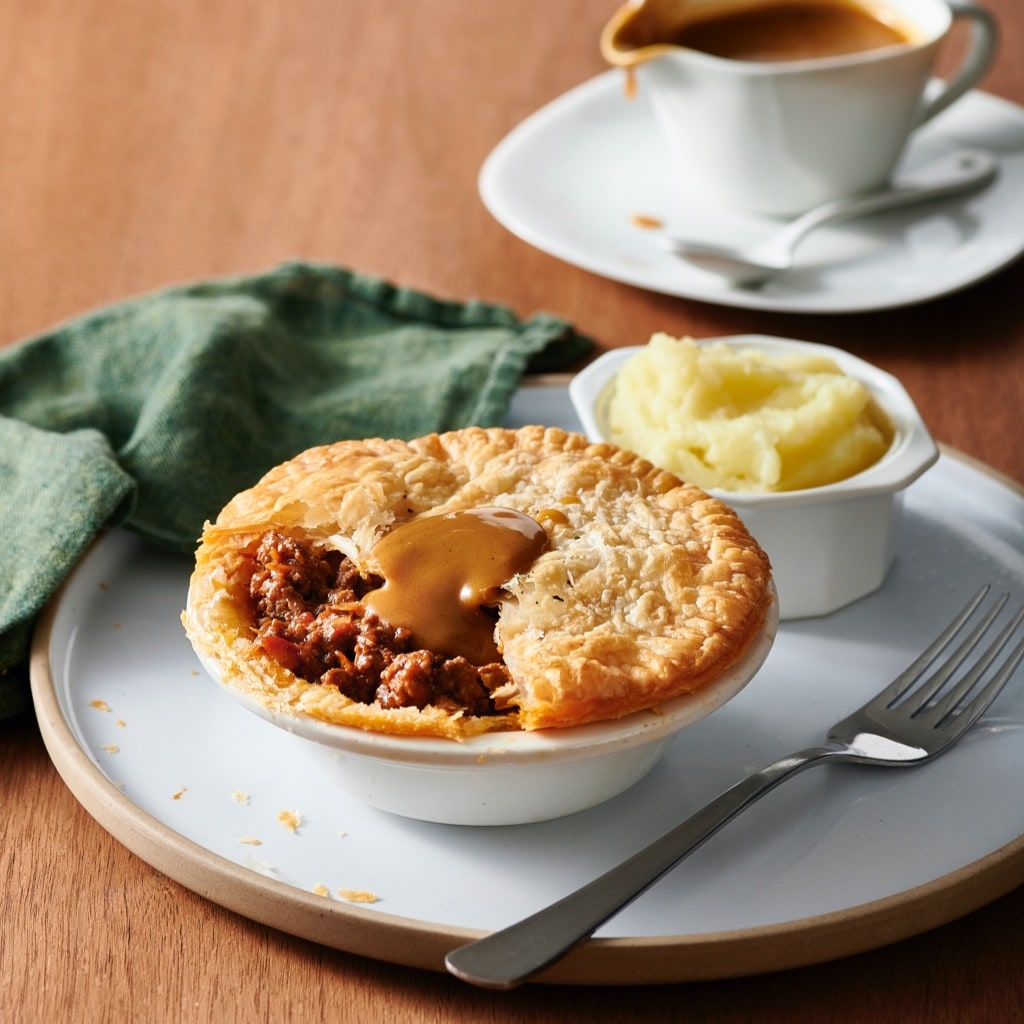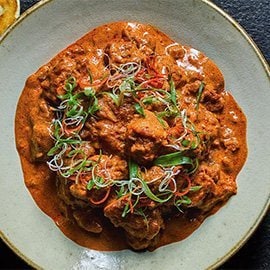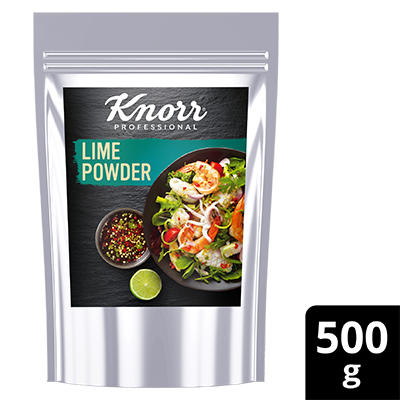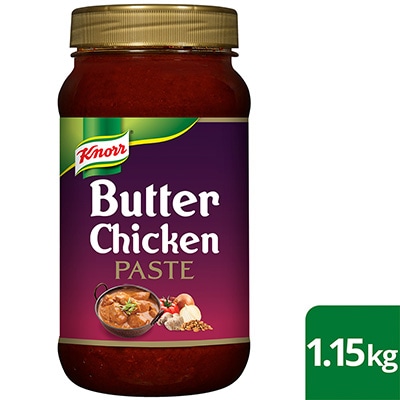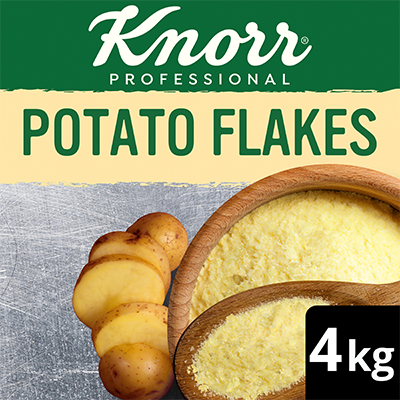Posted on Tuesday, 18ᵗʰ April, 2023
Recently Unilever Food Solutions attended a presentation by Oscar Care about Cultural Diversity and Food in Aged Care. We have prepared a summary of key takeaways for you.
Australia’s population is becoming increasingly culturally diverse, with people from almost every country in the world living here. There are over 200 languages spoken, with around 20% of the population who speak English as a second language.
According to the 2021 Australian census, around 37% of people over 65 years of age were born overseas and a significant percentage of these are classified as coming from ‘culturally and linguistically diverse’ backgrounds (CALD), which means anywhere overseas except the UK, Ireland, NZ, Canada and South Africa.
Approximately 21% of the direct workforce in Aged Care is also considered to be from CALD backgrounds.
In an Aged Care setting it is important that menus include meals which meet the needs of your residents based on their country of origin. It will help them to:
- Be more interested in mealtimes, and therefore increase intake (while decreasing food waste)
- Improve their sense of belonging, which can lead to a better state of mind
- Grow people’s sense of cultural identity
- Prompt associated memories of the past, family and friends.
Create a Cultural Profile
In order to create a culturally appropriate menu, start by understanding the backgrounds of your residents to see what styles of food you can incorporate into your meals.
Survey residents to find out where they are from and what foods they miss the most. Where possible, you can collect favourite family recipes and use them as the basis for some dishes.
Include Options
Include different options on the same menu - for example, alongside a beef stew, offer a Thai beef stir fry and a rendang curry to offer diversity and give all residents the opportunity to try something different.
Small Details Have Big Impact
One of the easiest, yet most effective ways to make people feel included, is to provide the right eating implements so residents can choose how they eat their food. For example, have chopsticks on the table for those who like and are able to use them.
Placing a range of condiments to meet the needs of all meals can also make food intrinsically more inclusive for everyone. Soy sauce, chilli sauce, pickled ginger and wasabi can easily be added to condiment trays.
Creating menus in multiple languages is another important way to help people feel included. Showing images of plated meals will also increase a connection with the food being served.
Food is Family
For many cultures, food goes hand in hand with family: multigenerational gatherings where all ages connect and share a meal.
Create occasions where family and friends can join a meal, bring favourite foods and share memories.
Celebrate Culturally Significant Events and Festivals
Just as Christmas is special for Westerners, celebrations such as Diwali, the Lunar New Year and Tsoureki Paschalino (Green Orthodox Easter) hold a special place for those who grew up in those countries and cultures.
Make sure each resident’s festivals and events are recognised and celebrated each year. Encourage everyone in your facility to participate to create inclusiveness and understanding for residents and staff alike.
Event Inspiration
Check out our UFS collection of themed events where you will find easy decoration, food ideas as well as downloadable table talkers and menu templates.
World Cuisine Recipe Inspiration
Take inspiration for your menu from UFS’ large collection of World Cuisine Recipes specially developed for Aged Care menus.
















